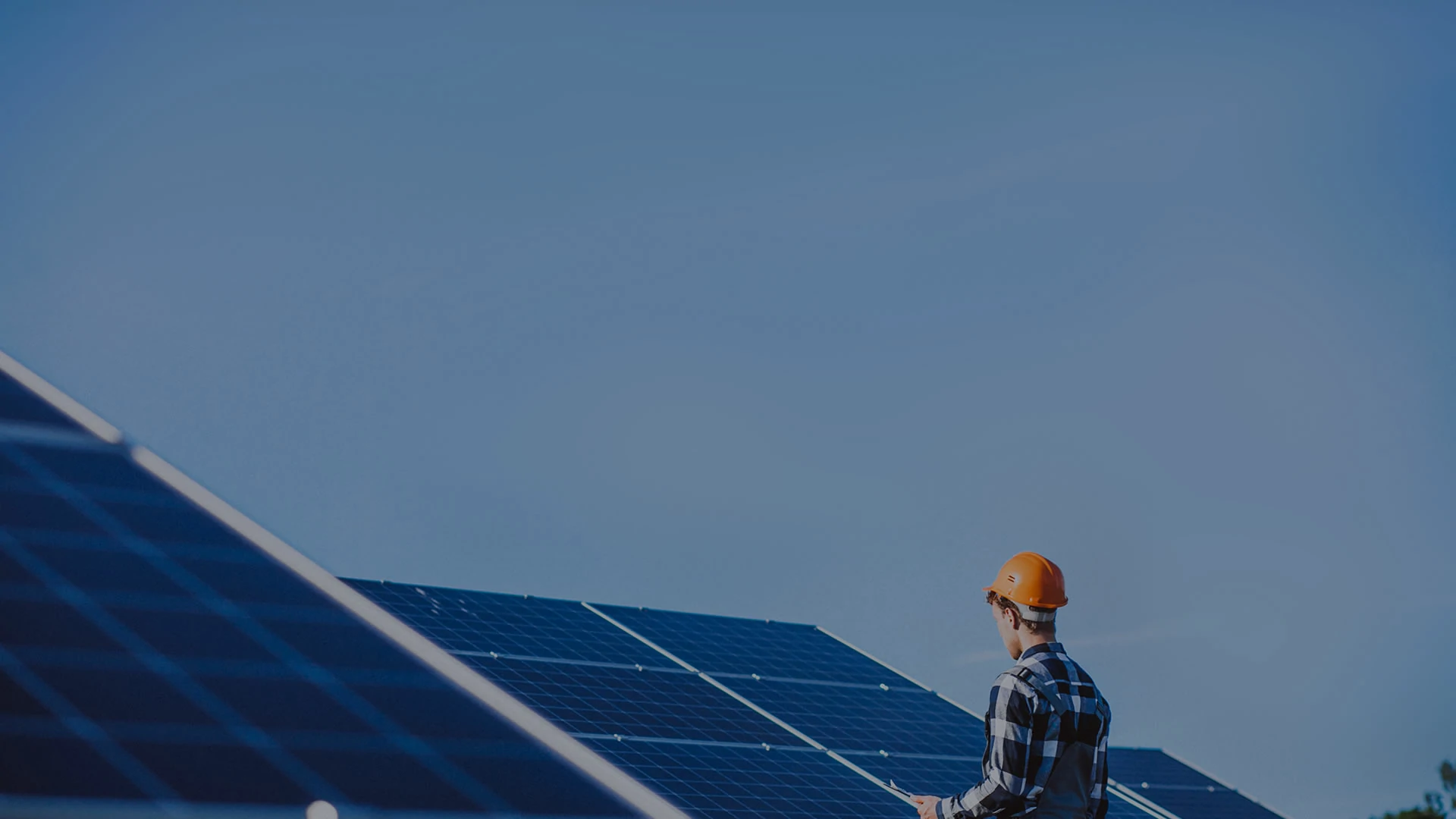How to maintain commercial solar battery storage systems?
Commercial solar battery storage systems are popping up around the world. In addition to long-term use, it can effectively reduce energy costs. The BESS is also used as a backup battery pack. It conserves excess energy when you have it, sells it to the state for a commission, or provides emergency power to businesses or residents when you lose power or a natural disaster strikes.
The cost of building a commercial solar battery system is relatively high, so how to maintain the system for a long time and safely provide you with energy for a long time and avoid losses?
BESS maintenance system
An excellent commercial solar battery storage system has the following systems, they can help your system run properly:
Battery Management System(BMS):
Monitor the status of the battery (temperature, voltage, current, state of charge, etc.) and provide communication interface and protection for the battery.
Its main functions include: real-time monitoring of battery physical parameters; battery status estimation; online diagnosis and early warning; charge, discharge and precharge control; balance management and thermal management, etc. Prevent the battery from overcharging, over-discharging, over-temperature, under-temperature, over-current, low insulation resistance and other battery abuse conditions to ensure the safe and stable operation of the battery system.
Power Conversion System, (PCS):
A device that can control the charging and discharging process of the battery, connect the battery system and the power grid (and/or load), and realize two-way conversion of electrical energy. It can invert the DC power of the battery into AC power and transmit it to the power grid or use it for AC loads; it can also rectify the AC power of the power grid into DC power to charge the battery.
PCS is composed of DC/AC bidirectional converter, control unit, etc. The PCS controller receives background control instructions through communication, and controls the converter to charge or discharge the battery according to the sign and size of the power instruction to realize the active power and inactive power of the grid. Adjustment of power.
The PCS controller communicates with the BMS through the CAN interface to obtain battery pack status information, which can implement protective charging and discharging of the battery to ensure safe battery operation.
Energy Management System(EMS):
It is a control system for the operation and management of energy storage systems. It mainly collects operation data of BMS, PCS, energy storage cabinet environmental control and fire protection systems. It also has functions such as start-stop control and fixed value setting, strategic operation management and energy dispatch. It also supports communication with power grid dispatch and responds to power grid dispatch.
The basic functions of the energy management system include: energy storage power station monitoring, data processing, data reporting, alarms and events, and operation strategy control.
The cycle life of an energy storage power station is greatly affected by temperature. The number of working cycles and energy release of energy storage batteries are most balanced at an ambient temperature of 25°C. If the temperature is too high, it will accelerate the battery capacity decay; if the temperature is too low, it will affect the battery activity and reduce the charge and discharge capacity.
Therefore, the thermal management system is required to maintain the ambient temperature of each battery in the battery system at around 25°C, and to maintain temperature consistency to prevent each battery from being at differe.
In addition, you can also perform the following checks regularly:
Check battery status regularly:
Regularly check the condition of your solar cells, including their appearance, connectors, and terminals. Make sure there is no damage or corrosion.
Clean and stay clean:
Clean the surface of the solar cells regularly to ensure that light can fully reach the cells. Remove any accumulated dust, dirt or leaves.
Check battery temperature:
Make sure the solar cell’s operating temperature is within the appropriate range. Temperatures that are too high or too low may affect battery performance.
Monitor battery voltage and current:
Regularly monitor the voltage and current of the battery pack to make sure they are within normal ranges.
Check cables and connectors:
Make sure all cable connections are secure and not damaged or frayed. If problems are found, repair or replace them promptly.
Perform regular charge and discharge tests:
Perform charge and discharge tests on batteries to ensure they are functioning properly and retaining sufficient capacity.
Monitor energy management systems:
Regularly check the operating status of the energy management system (EMS) to ensure that it can correctly control the battery charging and discharging process.
Prevent overcharging and overdischarging:
Use appropriate charge and discharge control strategies to avoid overcharging or overdischarging the battery, which can reduce battery life.
Conduct regular performance evaluations:
Conduct regular performance evaluations and inspections of the entire solar battery energy storage system to identify any potential issues or components that require repair.
Keeping records:
Record system performance data and maintenance records to identify any anomalies or trends in a timely manner.
Get regular professional inspections:
Please regularly invite professional technicians to inspect and maintain the solar battery energy storage system to ensure that it is operating at its best.
Conclution
Regularly check your system to ensure it is safe and functioning properly. Are you looking for a good BESS builder? Contact PKNERGY and we will provide you with professional commercial solar battery storage systems solutions!






